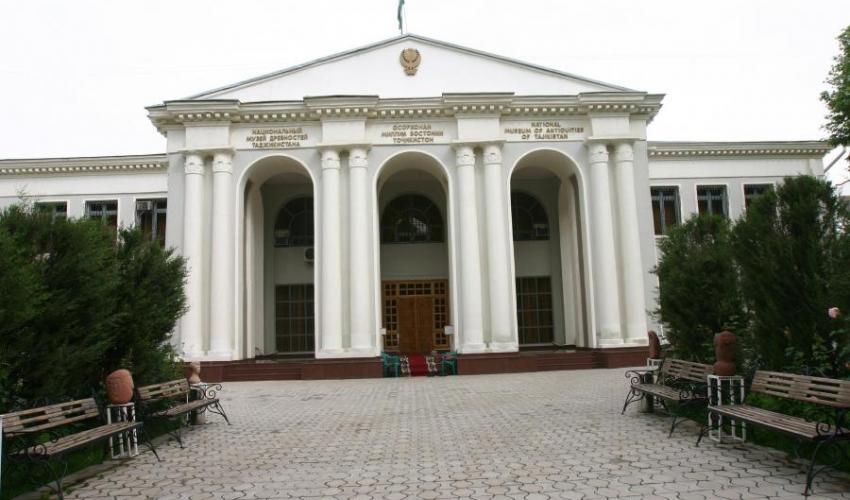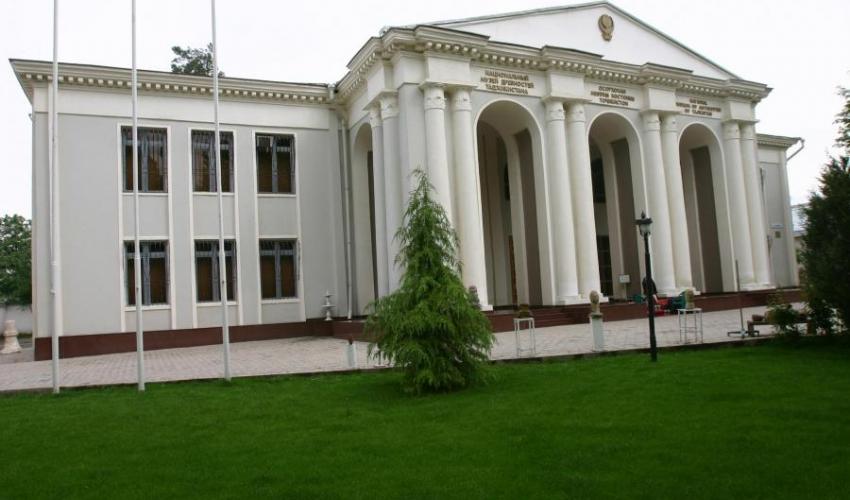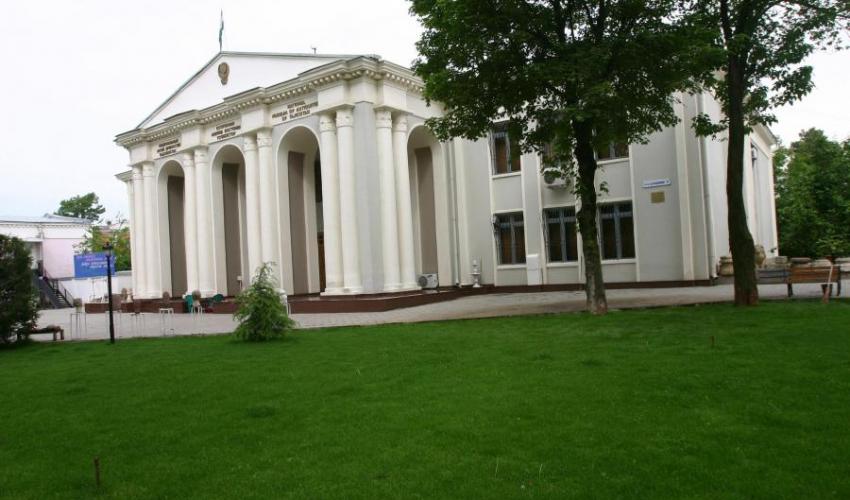Tajiks are one of the oldest Nations having a rich history, which is full of interesting events. For two millennia, the history of Tajiks is closely intertwined with the formation and development of Zoroastrian, Buddhist, Hellenistic and Islamic cultures. Numerous archaeological finds presented in the National Museum of Antiquities of Tajikistan are evidence of this.
The Museum was opened in 2001 on the basis of the A. Donish Institute of History, Archaeology and Ethnography of the Academy of Sciences of the Republic of Tajikistan. The Museum exposition consists of materials gathered over sixty years of archaeological expeditions carried out by the Institute. The collection contains about 5 thousand unique samples of ceramics, stone wares, metal and glass, jewelry, household items, sculpture and painting. There a Golden room houses are the rarities of the gold and numismatic collections, a collection that counts several tens of thousands of coins of gold, silver, bronze and copper coins.
An artifact made by a primitive human from the site of Kuldara and dating back 1 950 000 thousand years ago is the most ancient exhibit of the Museum. The Museum is proud to own artifacts of the Eneolithic and Bronze Age from the agricultural settlement of Sarazm, a site included in the UNESCO World heritage list. The finds dating from the Hellenistic period coming from the Oxus Temple, excavated at the site of Takht-i Sangin on the banks of the Amu Darya River (Qubadiyon district, Khatlon Oblast) are unique. A portrait of Alexander the Great in the image of Hercules, the Akinakes scabbard, a plate depicting hunting scenes and other items made of ivory are masterpieces of world art. Special attention is drawn to a small statue of Marsyas, the river deity, as well as fragments of sculpture and architecture. Finds from the Oxus temple are an illustrative example of the synthesis of two cultures – the local and ancient Greek.
The wall paintings from ancient Penjikent (5th – 7th cc.), presented in the Museum are included in the Golden Fund of world culture. The image of the harpist, which has been exhibited in the most famous museums over the world, is the diamond of this collection. No less interesting are the wall paintings of the palaces, temples and monasteries from other regions of Tajikistan: Bunjikat, Ajinattepa, Kala-i Kafirnigan and Khulbuk. Visitors are amazed by the virtuosity of the carving of the tympanum decorated with scenes from the "Shahnameh", the epic poem of Firdowsi, from the palace of the ruler at early medieval site of Bunjikat (Shahristan district, Sughd region).
Buddhists from many countries worldwide make the pilgrimage to one of the most striking sights of the Museum, the "Buddha in Nirvana", an almost 13-metre statue made of clay, which is today one of the largest ancient monument of Buddhism in the world. It was found in the Buddhist monastery of Ajinateppa, active about 1500 years ago and located near Qurghonteppa in southern Tajikistan functioning.
The Museum is located in a two-storey building in the center of Dushanbe, capital of Tajikistan. Its exhibition and the funds are continually extending with the unique archaeological material from scientific expeditions of the A. Donish Institute of History, Archeology and Ethnography as from international archaeological expeditions, which involved scientists from Russia, France, Germany, Italy, etc.
The Museum is among the most visited museums in Dushanbe. Sightseeing and thematic tours for tourists, school children and students are organized. The Museum participates in international exhibitions.
Welcome to our Museum where you will be fascinated by the masterpieces of world history and culture and learn about the history of Tajiks, one of the most ancient peoples in the world.



